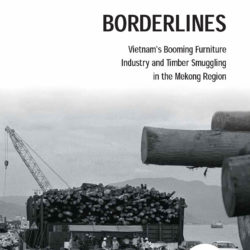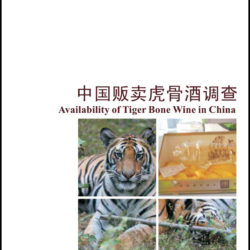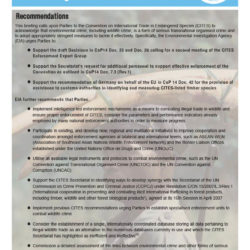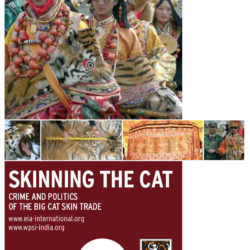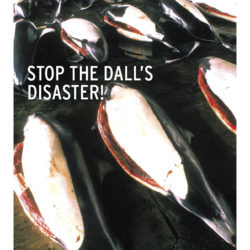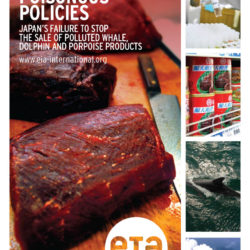
Poisonous Policies
A report revealing polluted whale, dolphin and porpoise products are still widely available in many parts of Japan. Some products tested were so polluted they could cause acute mercury poisoning from a single meal yet there is no legal provision to prohibit the sale of toxic whale meat
- Campaigns:


